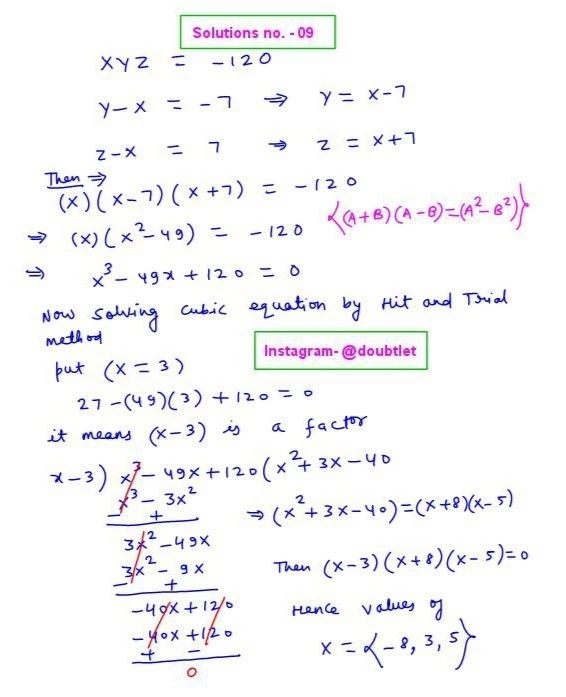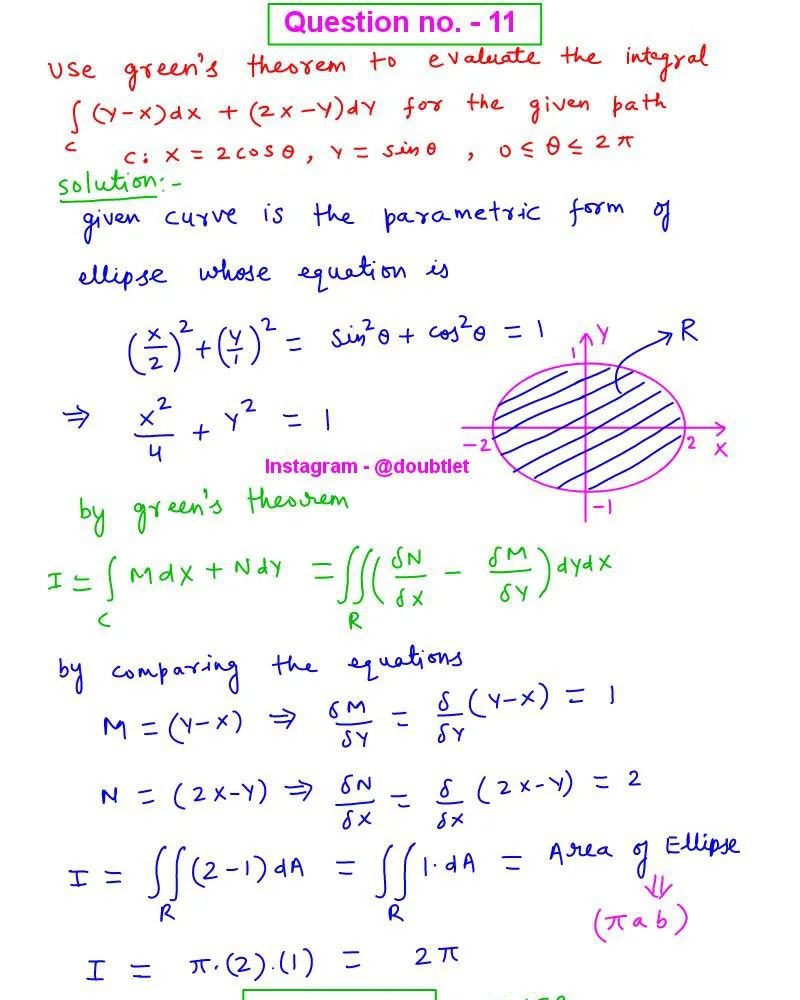









Polynomial Multiplication Explained: Methods, Steps, and Examples
Master polynomial multiplication with our detailed guide! Learn essential methods, step-by-step processes, and practical examples to help you tackle algebraic expressions effortlessly. Perfect for students and math enthusiasts!Polynomial multiplication involves multiplying two or more polynomials by distributing each term of one polynomial across every term of the other. It’s a fundamental operation in algebra, used to simplify expressions and solve equations, and has wide applications in fields like physics, engineering, and computer science.

Neetesh Kumar | October 03, 2024
Share this Page on:
![]()
![]()
![]()
![]()
![]()
- 1. Introduction to the Polynomial Multiplication
- 2. What is Polynomial Multiplication
- 3. How to multiply two Polynomials
- 4. Rules for Polynomial Multiplication
- 5. Properties of Polynomial Multiplication
- 6. Polynomial Multiplication Solved Examples
- 7. Practice Questions on Polynomial Multiplication
- 8. FAQs on Polynomial Multiplication
- 9. Real-life Application of Polynomial Multiplication
- 10. Conclusion
1. Introduction to the Polynomial Multiplication:
Polynomial multiplication is a fundamental concept in algebra that involves multiplying two or more polynomials. Like multiplying numbers, polynomial multiplication follows specific rules and properties that help simplify the expressions. Understanding this concept is essential for solving equations, simplifying expressions, and many real-world applications in physics, engineering, and computer science.
2. What is Polynomial Multiplication:
Polynomial multiplication is the process of multiplying two polynomials, which are algebraic expressions consisting of variables and coefficients. For example, if you have two polynomials, and , their product involves multiplying every term in by every term in , and then combining like terms to simplify the result.
3. How to multiply two Polynomials:
To multiply two polynomials, you can follow these steps:
-
Step 1: Distribute each term of the first polynomial to every term of the second polynomial.
-
Step 2: Multiply the coefficients (numbers) and the variables (letters).
-
Step 3: Combine like terms with the same degree (same power of ).
-
Step 4: Simplify the resulting expression.
For example, to multiply and :
4. Rules for Polynomial Multiplication:
Here are some basic rules to remember when performing polynomial multiplication:
-
Distributive Property: Each term in one polynomial must be multiplied by every term in the other polynomial.
-
Exponent Addition: When multiplying terms with the same base (e.g., ), add their exponents. So, .
-
Order Doesn't Matter (Commutative Property): The order in which you multiply the polynomials doesn't matter. .
-
Zero Property: If any term is zero, the product of the terms will also be zero. This means any polynomial multiplied by results in .
5. Properties of Polynomial Multiplication:
Polynomial multiplication has several important properties that make it useful in various applications:
-
Distributive Property: As mentioned, each term in one polynomial distributes across all terms in the other.
-
Associative Property: Grouping of polynomials doesn’t affect the result. For example, .
-
Commutative Property: The order of multiplication does not matter. .
-
Degree of the Product: The degree of the resulting polynomial is the sum of the degrees of the two polynomials being multiplied.
6. Polynomial Multiplication Solved Examples:
Question: 1.
Multiply and .
Step By Step Solution:
We can multiply two polynomial expressions by multiplying each term of the first polynomial by every term of the second polynomial and add them after simplifying.
First multiplying the term of the first polynomial by second term completely
Then, multiplying the term of the first polynomial by second term completely
Now we have to add all the similar terms of the results obtained above:
Final Answer
The result of the multiplication of above given polynomials and is
Question: 2.
Multiply and .
Step By Step Solution:
We can multiply two polynomial expressions by multiplying each term of the first polynomial by every term of the second polynomial and add them after simplifying.
First multiplying the term of the first polynomial by second term completely
Then, multiplying the term of the first polynomial by second term completely
Then, multiplying the term of the first polynomial by second term completely
Now we have to add all the similar terms of the results obtained above:
Final Answer
The result of the multiplication of above given polynomials and is
Question: 3.
Multiply and .
Step By Step Solution:
We can multiply two polynomial expressions by multiplying each term of the first polynomial by every term of the second polynomial and add them after simplifying.
First multiplying the term of the first polynomial by second term completely
Then, multiplying the term of the first polynomial by second term completely
Then, multiplying the term of the first polynomial by second term completely
Now we have to add all the similar terms of the results obtained above:
Final Answer
The result of the multiplication of the above-given polynomials and is
7. Practice Questions on Polynomial Multiplication:
Q.1: Multiply .
Q.2: Multiply .
Q.3: Find the product of and .
Q.4: Multiply .
Q.5: Multiply .
8. FAQs on Polynomial Multiplication:
Can polynomials with different degrees be multiplied?
Yes, you can multiply polynomials of different degrees. The result will have a degree that is the sum of the degrees of the polynomials.
What happens when you multiply two polynomials with zero?
When you multiply any polynomial with zero, the result is always zero.
What is the degree of the product of two polynomials?
The degree of the product of two polynomials is the sum of the degrees of the individual polynomials.
Can polynomial multiplication be applied to more than two polynomials?
Yes, you can multiply more than two polynomials. Multiply them in pairs, and apply the same rules step by step.
How does polynomial multiplication differ from addition?
In polynomial addition, you combine like terms (same degree), while in multiplication, you multiply each term in one polynomial by every term in the other polynomial and combine like terms afterward.
What is the easiest method to multiply two binomials?
The FOIL method (First, Outside, Inside, Last) is commonly used to multiply two binomials quickly.
What is a special case of polynomial multiplication?
One common special case is the multiplication of squares: .
9. Real-life Application of Polynomial Multiplication:
Polynomial multiplication plays an essential role in various real-life applications. It is used in physics, engineering, computer graphics, and economics. For instance, polynomial equations often model physical phenomena like the motion of objects. In economics, polynomials can be used to express cost and revenue functions. Polynomial operations are used in computer science in encryption and coding theory algorithms.
10. Conclusion:
Polynomial multiplication is a crucial concept in algebra and mathematics. By understanding how to multiply polynomials and applying the rules and properties, you can simplify complex equations and solve various mathematical problems. With applications in numerous fields, from physics to economics, mastering polynomial multiplication enhances your mathematical toolkit and problem-solving abilities.
If you have any suggestions regarding the improvement of the content of this page, please write to me at My Official Email Address: [email protected]
Are you Stuck on homework, assignments, projects, quizzes, labs, midterms, or exams?
To get connected to our tutors in real-time. Sign up and get registered with us.
Solving Algebraic Equations Calculator
Algebra Cheat Sheet
Pre Algebra Operation Calculators
Quadratic Equation Calculator
Lowest common multiple (LCM) Calculator
Blog Information
Blog Author: Neetesh Kumar
Blog Publisher: Doubtlet
Comments(0)
Your comment will be reviewed before it is published.



Leave a comment